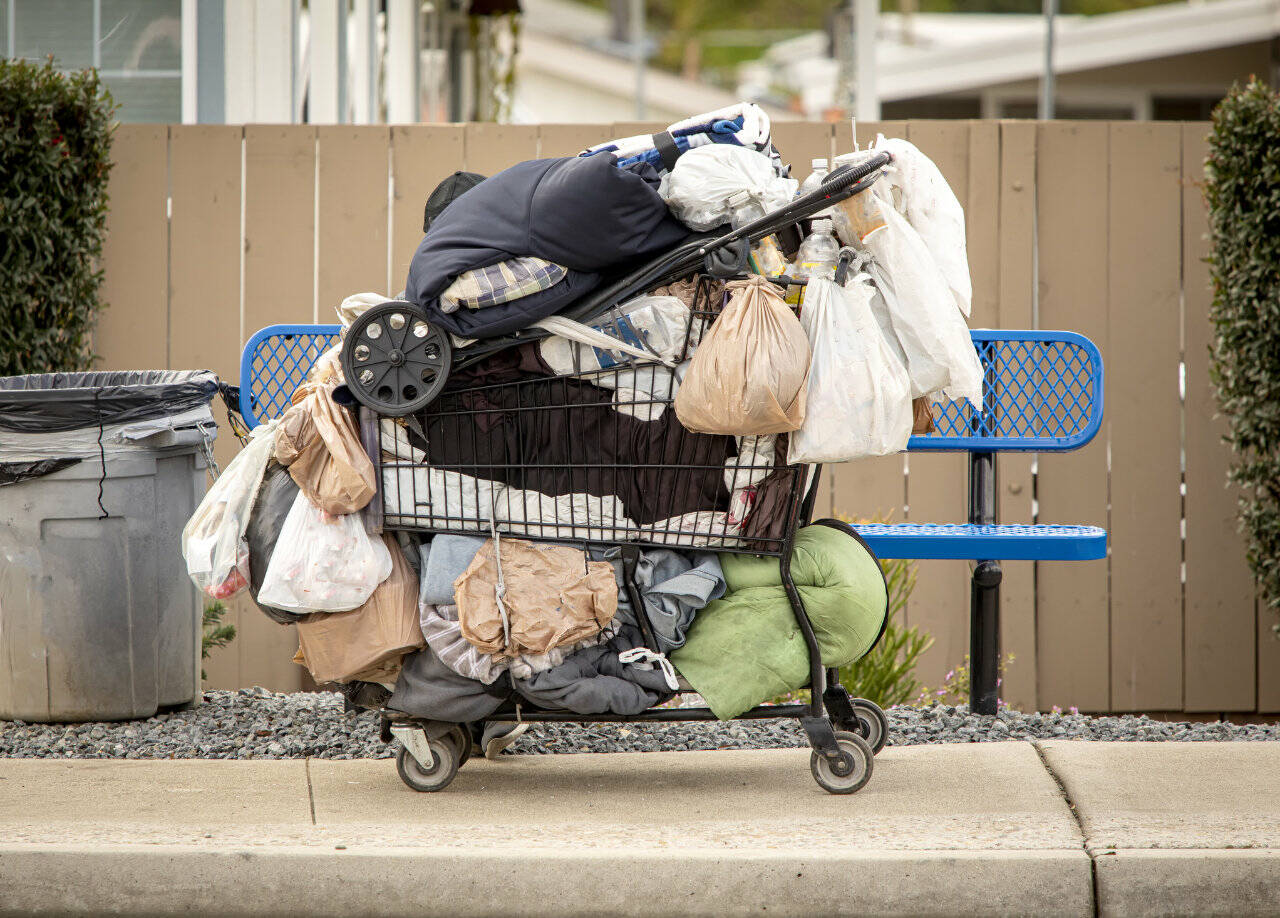Housing, for those of us who have it, and certainly for those who do not, is far more than shelter; housing is not only where we live, it is where we have our history, our belongings, our necessities and our incidentals, our collections, our pets, and where we find our center of gravity and our identity. It is, at minimum, home.
The word “economy”, after all, is derived from the Greek word “oikonomia” which refers to direct and responsible household management. We have come to use it in the larger context of business, labor and taxes, but “economy” (literally) begins at home. If we have one, that is. And no matter what you believe about the origins of humanity, where human beings made or found (or defended or abandoned) their homes is the purest substance of history.
And home construction and occupancy could easily be defined as the ultimate barometer of the health (economic and otherwise) of any society.
The term “failed state” was used several years ago to define a nation-state that, for whatever set of reasons or compelling challenges, failed to live up to the most basic of needs and rights of its own citizens.
A (not so very) scenic drive through almost any urban center (and a few suburban areas) shows a side of our economy, that, at minimum, is not encouraging.
In fact, almost any of us, no matter what our philosophical or political beliefs might be, would not give virtually any of our cities anything lie a passing grade when it comes to housing. Or basic care and safety, or cleanliness, or almost any preferred criteria for urban living.
Many of us find ourselves driving (or sometimes walking) near, around, or even sometimes over either make-shift shelters, refuse or graffiti or other residue of those attempting to withstand the threats and perpetual indignities of life of the semi-permanently excluded.
The whole idea of a “citizen”, also a Greek concept, refers to anyone who identifies with and belongs to any community, most surveys show that the vast majority of homeless are indeed citizens — in many cases about 80% are/were local residents.
For better or worse our homes and neighborhoods — and those who live within the margins in their tarps and shelters — define to visitors and residents alike — who we are and what we value. Or as an architect (or sociologist, or historian) might put it, we make the place and the place makes us.
Affordability has become the dominant principle of housing — often at the expense of suitability.
Where, for example, will a family that needs more than two bedrooms go?
Families with children, especially those with one income, are, at minimum, financially stretched to pay for standard apartments.
If we want family-sized housing (or families at all) in our neighborhoods, we need housing that is both affordable and suitable.
Consider how the typical (or even more, the not-so-typical low or single-income family) could meet these standard financial prerequisites for renting an apartment; a $1,000 deposit for one or two bedrooms, $750 for studios. Previous experience as in credit, income and eviction (and criminal) history are often defining factors.
For most housing, income must be stable and at least 2.5 times the rental fee.
The irony of course, is that is largely only a problem for us. Virtually every culture and civilization has dealt with these same issues.
The primary housing question is whether housing is personal, political, social or should be controlled and defined by market forces.
The answer is, at minimum, all of the above — if not more.
I’ve never lived in an apartment building.
I’ve lived in college dorms or larger houses divided into smaller housing units, but I’ve never lived in a commercial building designed to be rented and lived in relatively long term.
I’ve stayed in many hotels and short-term rentals, but the idea of living semi-permanently in a multi-unit building is, to put it mildly, not my immediate frame of reference when it comes to housing.
My closest experience is watching movies or TV shows set in and around apartment buildings. From Rear Window to Seinfeld to Mad about you to Friends, I’ve seen and fantasized about the menace, camaraderie, décor and even sense of identity and belonging specific to apartment life.
In these media portrayals, the apartment itself is also something like a character — as is, in many cases, the surrounding community.
In contrast to the individual family life portrayed with-in a single-family home, (and the quasi-independence/isolation of suburban life, apartments offer (or at least promise) a sense of community along with, and parallel to work, moods, relationships and schedules of others.
Apartments are portrayed as (and often are) a nexus, a gathering and sending off point, a place of gathering, a refuge and a place to come back to. A center, that for many, is not necessarily seen as permanent, but is a solid refuge and escape, a site for encounters with others, and a place to withdraw from those same encounters.
In other words, in our current mythology, apartments are seen as temporarily permanent, home but not a childhood home, a place that is “ours” without being fully and relentlessly “ours” (as in being responsibly for repairing and updating the facility).
In other words, as a resident, we have certain responsibilities (like paying our rent in a timely manner) and, like guests (which, to a large degree, we are) we can make a request for an update or repair. From light bulbs to paint chips — or leaky faucets — we can expect someone else to be available to clean up any mess.
Besides the written (and agreed upon) contract, there is the implicit assumption that payments and repairs and general interactions will be followed-through with a baseline of respect and fairness.
Both parties agree to relatively well-established and expected conditions. And renters and owners are vulnerable to idiosyncrasies and failings of the other party.
Buildings are immensely complicated. With a multitude of intersecting (and paralleling) systems, from water to heat and a multitude of complementary utilities, a lot can go wrong over time and a range of standard wear and tear.
Mix in people and (in some cases) pets or children, and the variables increase geometrically.
And, as in most cases, increases in complexity translates into increases in costs and, all too often, legal conflict and vulnerability.
Politician and policy makers offer what they see as solutions, or at minimum, improvements, in the renter/landlord confluence.
As should be clearly understood in any contract, rights and responsibilities of each party should be clearly defined.
And failure to live up to agreed-upon conditions should lead to each party being held accountable.
Maybe it’s my philosophical bias, but I am convinced that any situation, especially one as immediate and personal and with as many moving parts as housing, should be made as simple and clear as possible.
In other words, any legislation (in any context) should make the process simpler and clearer.
Other categories of public policy, like transportation and education, as only two examples, generally allow for other responses — even legitimate work-arounds.
Housing, for a variety of reasons, has more immediate and long-term impacts than most areas of public policy.
A renter’s credit rating could be impacted indefinitely– which could influence everything from home ownership to future employment, and a landlord counts on reliable payments to cover expenses or building repairs.
The ultimate failure of the housing dynamic is what we see almost every day on our city streets — homelessness.
We may have different beliefs and opinions about how we got here or what we should do about it, but we seem to all agree on one thing; we can do better.
And we will, once we decide to…





